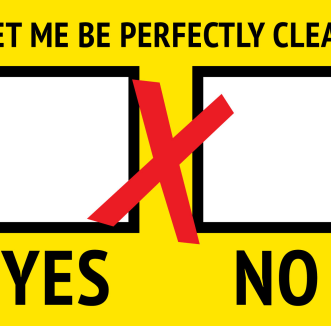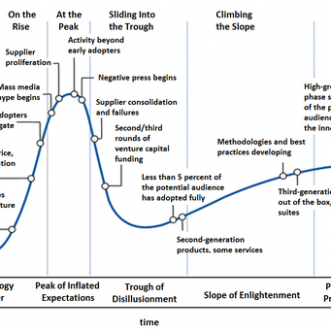
Plumbing
Building a business is hard. From a standing start, with much stalling, and a lot of trial and error, you understand what you have to offer, who your ideal customers are and what they value most. You eventually arrive at a fair balance between the value you give out and the value you get back.
You know you’ve got it right, when you’re able to keep everything going without giving value away for nothing. You know you’ve really got it right when your customers become your allies and start to pass more business your way.
Now what? You want to take time away from it. You want to grow it. You might even want to sell it. But you can’t. You’ve built this business around yourself. You are at its heart. Even if you employ other people, everything revolves around you, and depends on you. In a real sense, the business is an extension of you. Only now it feels like a trap.
The way out is to see your business for what it really is. A system. A system for making and keeping promises. A system where value is generated by the people who work in it, flows through the business to your customer and back again to you and your team. A system where all the pipes were originally installed to flow through you.
All you have to do is reconfigure the plumbing and you’re free.








